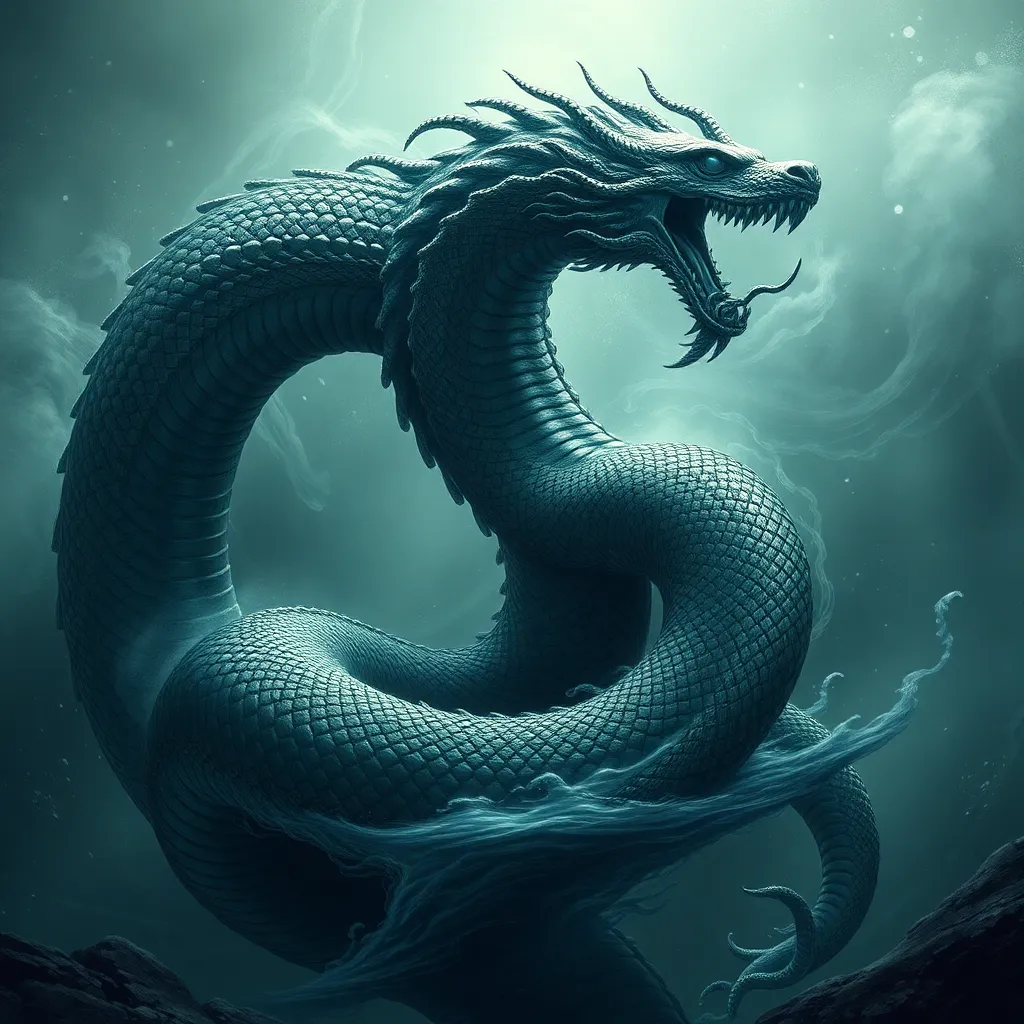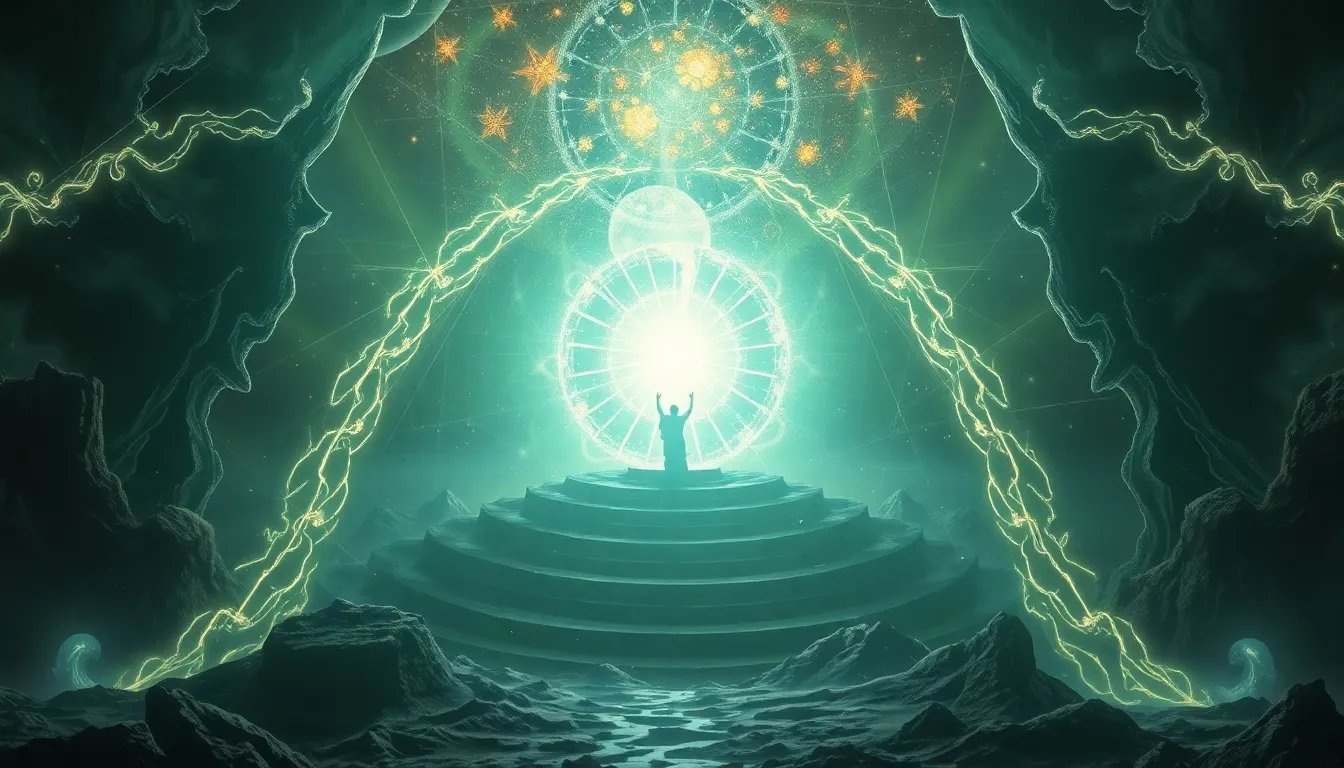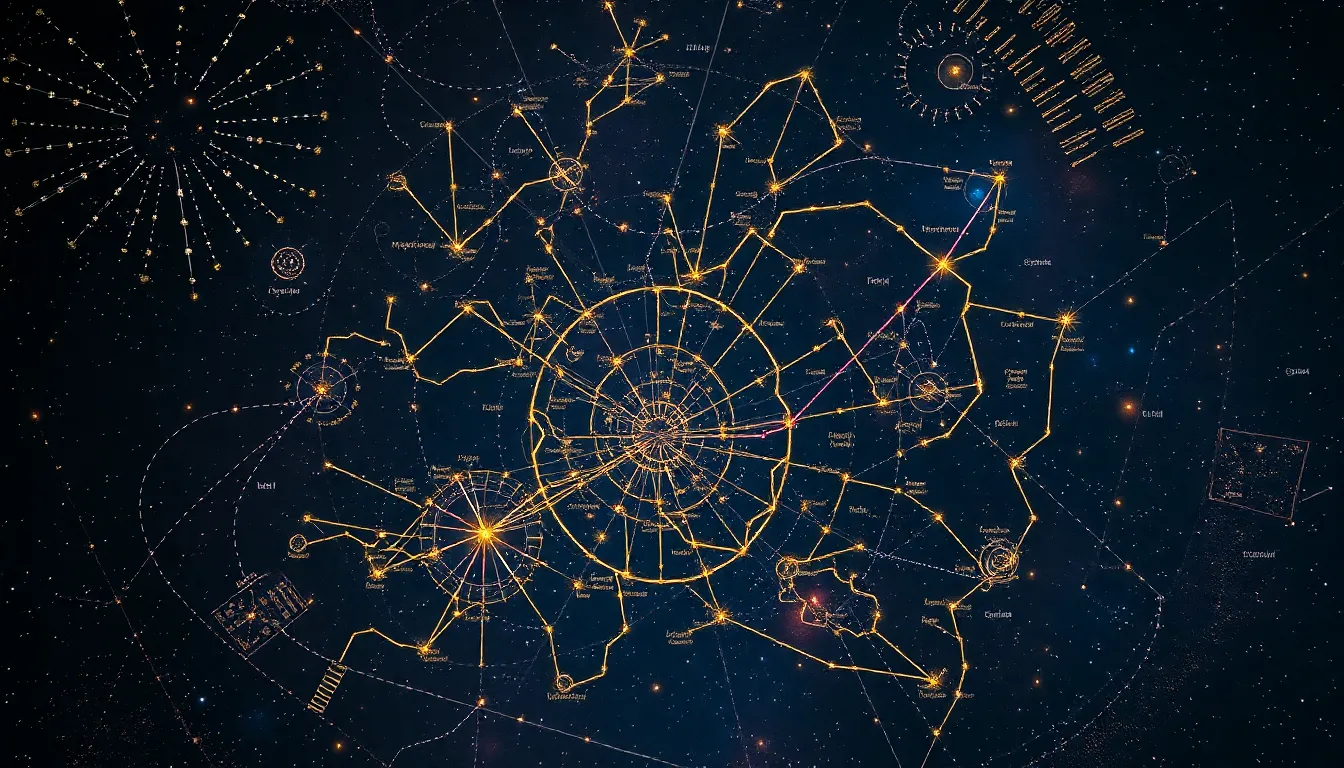The Serpent and the Abyss: Jörmungandr and the Chthonic Realm in Ancient Greek Myth
I. Introduction
Jörmungandr, the Midgard Serpent, is one of the most iconic figures in Norse mythology, representing the profound themes of chaos, destruction, and the cyclical nature of existence. In contrast, the chthonic realm of ancient Greek mythology encompasses a different set of deities and motifs, focusing on the mysteries of the underworld and the interplay between life and death. This article will explore the connections and contrasts between Jörmungandr and the chthonic figures of Greek mythology, delving into their symbolic meanings and their roles within their respective cosmologies.
II. The Mythological Context of Jörmungandr
A. Description of Jörmungandr: The Midgard Serpent
Jörmungandr, also known as the World Serpent, is a colossal sea serpent that encircles the Earth, biting its own tail. According to Norse mythology, Jörmungandr was the middle child of Loki and the giantess Angerboda. His immense size and strength make him a formidable figure, representing the boundaries of the known world.
B. Jörmungandr’s Role in Norse Cosmology
In Norse cosmology, Jörmungandr embodies the chaos that exists within the order of the universe. He is prophesied to engage in a cataclysmic battle with Thor, the god of thunder, during Ragnarok, the end of the world. This event signifies the collapse of order and the rise of chaos, highlighting Jörmungandr’s dual role as both a protector of the world and a harbinger of destruction.
C. The Symbolism of Jörmungandr in Relation to Chaos and Order
Jörmungandr symbolizes the delicate balance between chaos and order. His eternal struggle against Thor represents the ongoing conflict between these forces, suggesting that chaos is an inevitable part of existence. This duality can be seen as a reflection of the natural world, where destruction often leads to renewal and transformation.
III. Chthonic Deities in Greek Mythology
A. Definition of Chthonic Deities and Their Significance
Chthonic deities are gods and goddesses associated with the underworld and the earth. They embody the hidden, darker aspects of existence, including death, the afterlife, and the fertility of the soil. These deities play a crucial role in Greek mythology, representing the cycle of life, death, and rebirth.
B. Overview of Major Chthonic Figures (e.g., Hades, Persephone, Charon)
- Hades: The god of the underworld, ruling over the dead and presiding over the realm of the deceased.
- Persephone: The queen of the underworld, representing the duality of life and death, as she spends half of the year with Hades and half with her mother, Demeter.
- Charon: The ferryman who transports souls across the River Styx to their final resting place in the underworld.
C. The Interplay Between Chthonic Deities and the Living World
The interaction between chthonic deities and the living world is significant in Greek mythology. The cycles of nature, such as the changing seasons, are deeply intertwined with the myths surrounding these deities. For instance, Persephone’s descent into the underworld marks the onset of winter, while her return heralds the arrival of spring, symbolizing rebirth and renewal.
IV. Comparative Analysis: Jörmungandr and Greek Chthonic Serpents
A. The Role of Serpents in Both Mythologies
Serpents occupy a prominent position in both Norse and Greek mythologies, often serving as symbols of chaos, danger, and transformation. In Norse mythology, Jörmungandr embodies the chaotic forces of nature, while in Greek mythology, serpents like Typhon and Echidna represent primal chaos and monstrous threats to the gods.
B. Similarities and Differences Between Jörmungandr and Greek Chthonic Serpents (e.g., Typhon, Echidna)
- Similarities:
- Both Jörmungandr and Typhon are associated with chaos and destruction.
- They embody primal forces that challenge the order established by the gods.
- Differences:
- Jörmungandr is connected to the ocean and the world, while Typhon is linked to the storms and volcanic activity.
- Echidna is viewed as a mother of monsters, emphasizing fertility and the monstrous, while Jörmungandr represents the cyclical nature of chaos and order.
C. Symbolic Meanings of Serpents in Both Traditions
In both traditions, serpents symbolize the dual nature of existence—creation and destruction, life and death. Jörmungandr’s encircling of the Earth signifies the interconnectedness of all things, while Greek chthonic serpents often embody the untamed aspects of nature and the unknown forces of the underworld.
V. The Abyss: Underworlds in Norse and Greek Myth
A. Description of the Norse Underworld (Hel, Niflheim)
The Norse underworld consists of various realms, with Hel being the most notable. Hel is ruled by the goddess of the same name and is a place for those who did not die in battle. Niflheim, on the other hand, is a realm of ice and mist, representing the primordial void from which the world was created.
B. Description of the Greek Underworld (Hades)
The Greek underworld, known as Hades, is a complex realm divided into various regions, including the Elysian Fields for the virtuous and Tartarus for the wicked. Hades is ruled by the god Hades, who governs the souls of the deceased and oversees the balance between life and death.
C. The Connection Between Jörmungandr and the Abyss in Both Traditions
Jörmungandr’s role as a guardian of the earthly realm and his connection to the ocean can be seen as a metaphor for the abyss in both Norse and Greek mythologies. The depths of the sea and the underworld both represent the unknown, where the forces of chaos reside. Jörmungandr’s impending battle with Thor mirrors the struggle against the abyss and the forces that threaten to disrupt the balance of existence.
VI. Thematic Explorations: Chaos, Death, and Renewal
A. The Theme of Chaos Represented by Jörmungandr
Jörmungandr embodies chaos through his very existence, representing the untamed aspects of nature that can lead to destruction. His role in Ragnarok underscores the notion that chaos is an unavoidable part of life, serving as a reminder of the cyclical nature of existence.
B. Death and Rebirth in the Context of Chthonic Mythology
Chthonic mythology emphasizes the themes of death and rebirth, with figures like Persephone embodying this cycle. The descent into the underworld signifies death, while the return to the surface symbolizes rebirth and renewal, reflecting the natural cycles of life.
C. The Cyclical Nature of Existence in Both Mythologies
Both Norse and Greek mythologies highlight the cyclical nature of existence, where chaos leads to destruction, followed by rebirth. Jörmungandr’s eternal struggle with Thor and the cyclical journey of Persephone illustrate these themes, emphasizing that endings often lead to new beginnings.
VII. Cultural Impact and Legacy
A. The Influence of Jörmungandr and Chthonic Figures on Literature and Art
Jörmungandr and various chthonic figures have left a significant impact on literature and art throughout history. Their depictions in Norse and Greek art often illustrate the tension between chaos and order, life and death, capturing the imagination of artists and writers.
B. Modern Interpretations and Adaptations of These Myths
In contemporary culture, Jörmungandr and chthonic deities continue to inspire adaptations in film, literature, and art. From graphic novels to movies



